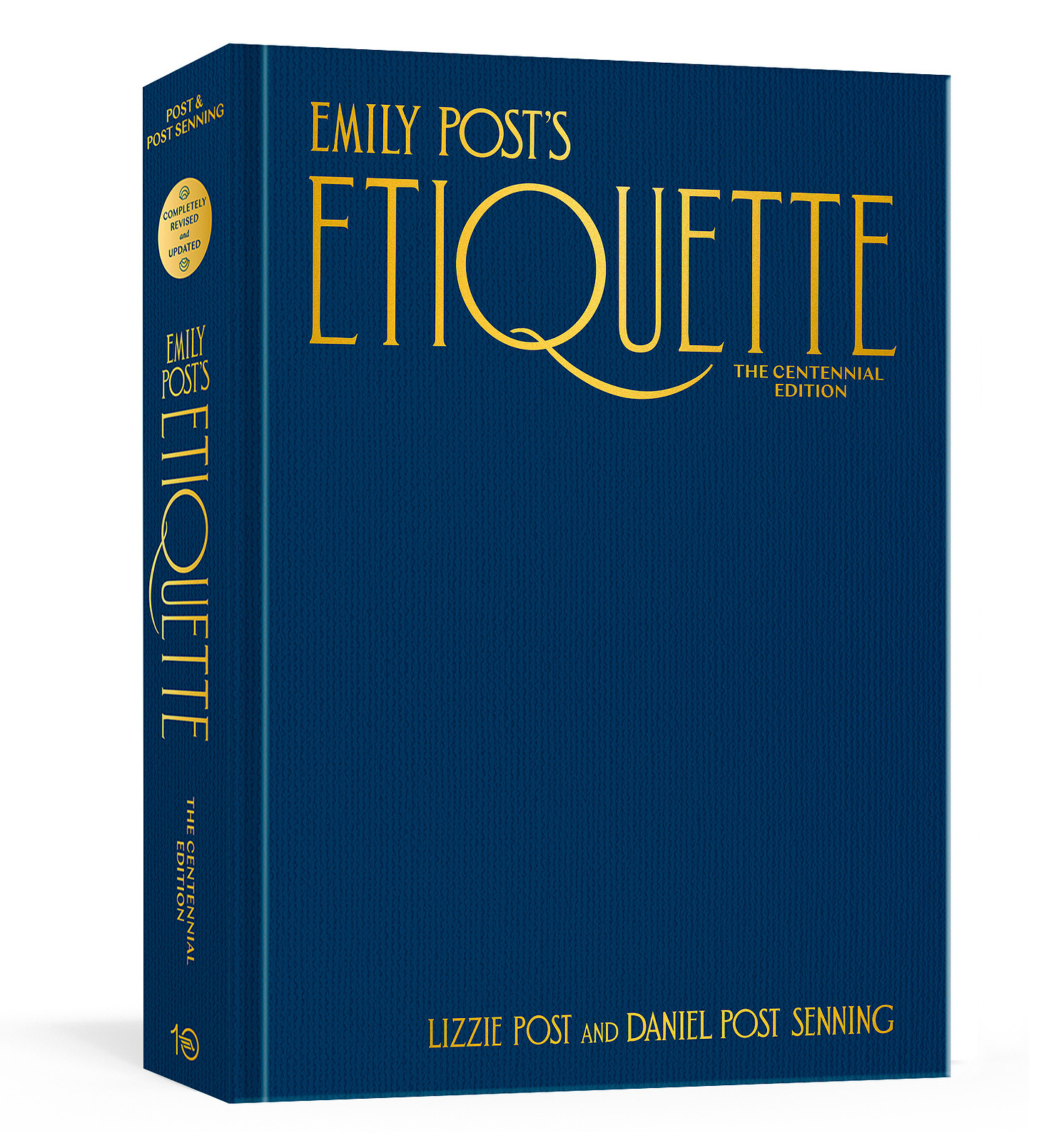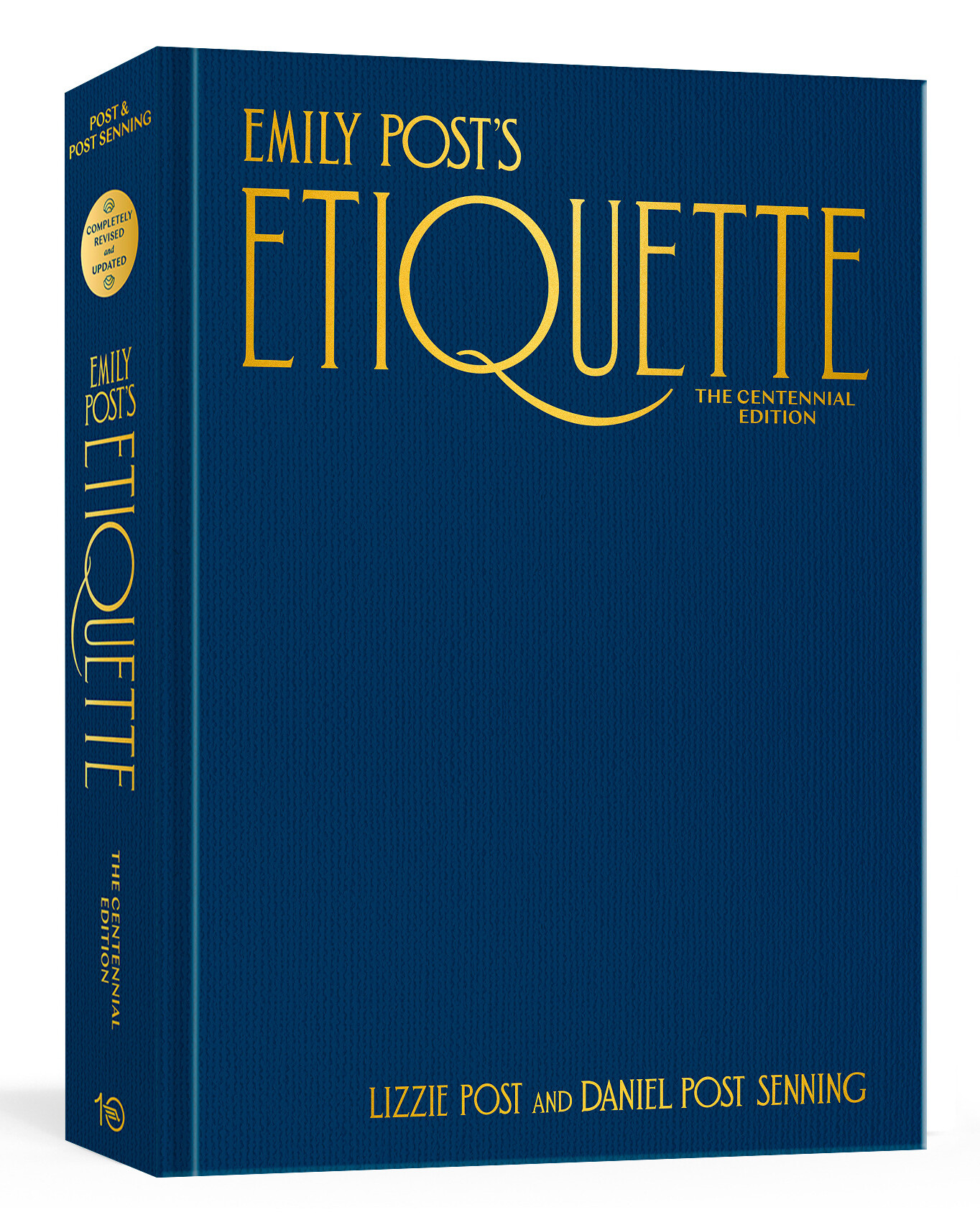
Professional Email Etiquette for Work

Professional Work Emails
Email has ruled many of our work (and consumer) lives for decades now. With its structure originating from letters, today’s work email is a hybrid of the social note and the business letter. We take the basic structure of the social note but apply the formatting from a business letter’s closing and signature, and voila: the work email. Structure aside, the words we choose, the tone we set, and the information we include also determine how email is viewed. There are so many options every time you write an email (as mundane as it can feel), and like so many things in etiquette, the magic is in you and how you use the service, application, or device.
Structure
As we mentioned above, the structure of a work email is a hybrid between a note and a business letter.
The greeting and the name of the person you are addressing go in the upper left (the date does not go in the upper right). Either one or two lines down, you begin the body of the email. Follow this with a closing salutation, then a line or two down your digital signature (this can mimic your signature or just be your name typed). A line or two below this, you can put your credentials and contact information, or really anything you’d like to share. For professionals, we advise keeping the information in your automatic email signature directly related to your profession.
Dear Alison,
Great call on Friday; thank you for your time. We are looking forward to getting your proposal and, in the meantime, will follow up with decks about the training experience options.
I am looking forward to our next steps. Please reach out if you have any questions or concerns in the meantime.
Sincerely,
Taylor
Taylor Veloce (she/her) Global Systems Inc. 25 Universe Way Springfield, WI 53176 888-999-2222 (c) GlobalSystems.com
Content
For most work emails, the content is going to be pretty obvious. But how you dress up your email can help to enhance your working relationships. There is some debate among professionals as to whether or not emails should start with greetings and asking people how they are. On the one hand, it’s nice and thoughtful to inquire about someone’s well-being before asking something of or presenting something to them. Others find the practice a waste of time and that business is business; in business, we should be able to get right down to business. We see a lot of validity in both approaches, and if your direct approach can still sound considerate, there shouldn’t be anything wrong with it. If someone does ask how you have been or if you enjoyed the holidays, it’s better to reply than not.
Sharing facts and concrete details in emails is great because email allows us to communicate and track the sharing of information clearly. But email is less well suited for emotional content, long opinions, and even thoughtful exchanges - don’t get us wrong, the thoughtful email exchange does exist. Still, it’s often best to move long discussions and deep dives into topics over to a more conversational mode of communication like the phone or an in-person/virtual meeting.
One key etiquette tip that we find really valuable at Emily Post when we are responding to emails is to make sure that we address each question and topic brought up. Of course, this is easier to do if emails are direct and as brief as possible. The person sending the email to you likely didn’t put the information or question in the email to be ignored. Checking this box each time you reply to an email can make your communications more efficient, as no one has to ask for something a second time or wonder if they will get a complete reply.
Tone
You cannot control how someone reads your email. You have to do your best to ensure that your words and how you structure them say and imply what you mean and intend. We can’t ever know what someone else’s filter will be as they read our email, but we can do one simple thing to help guard against a happy email sounding neutral and a neutral email sounding negative: read your email aloud before you hit send. If it’s a really important email, have someone else read it aloud so you can hear how they read your words.
It’s also important to watch our tone by not using all caps. It has the effect of looking like the person writing is shouting the words. And we want to be careful of using too many exclamation marks and emojis. Often, among a team that we work closely with, emojis and exclamation marks abound, but outside of those circumstances, it’s best to dial everything down while still remaining friendly. While many millennials have copped to being afraid of ending a sentence with a period, let us be that reassuring voice that it is not just okay to do so; it is expected that professional emails use correct punctuation and grammar. The second example below is still warm and expresses excitement without overdoing the punctuation.
Anita!
It was so wonderful to see you! I’m so happy we’ll be working together on this! I can’t wait to get started!!! I can get you the rough draft by Monday, and we can start on edits on Wednesday after you’ve had some time with the piece!! Let me know if you need anything!
vs
Hi Anita,
It was so wonderful to see you, and I’m so happy we’ll be working together on this! I can’t wait to get started; in fact, I can get the rough draft by Monday, and we can start on edits on Wednesday after you’ve had some time with the piece. Let me know if you need anything!
Replying
Everyone has their own pace for replying to emails, but when it comes to work emails, “the sooner, the better” is usually your best M.O. An initial email usually follows the formal structure of addressing someone properly with a greeting followed by the body text and then a closing and signature. There are some working relationships where you’ll just fire off single-sentence replies, but this is only for folks you are extremely close with and work with all the time who you know prefer this kind of direct communication. With others, it’s always best to start with a properly structured email first. Then after the first reply (which is also structured similarly), your back-and-forth becomes more like a conversation where you drop the salutations and sometimes even the signatures.
For more email advice, check out this article on Email Technical Traps.

A signed copy of Emily Post’s Etiquette - The Centennial Edition makes for a wonderful gift. Order your copy(ies) today from Bridgeside Books - our local, woman-owned business partner for all our signed books!
HELP KEEP EMILY POST AVAILABLE FOR YEARS TO COME! It takes a lot to keep Emily Post Etiquette going today, and our small team is always excited when our readers choose to support our efforts with a paid subscription to our newsletter. It comes with an ad-free version of the podcast and a weekly podcast bonus question and answer, as well as $50 to spend on digital products in our store.









